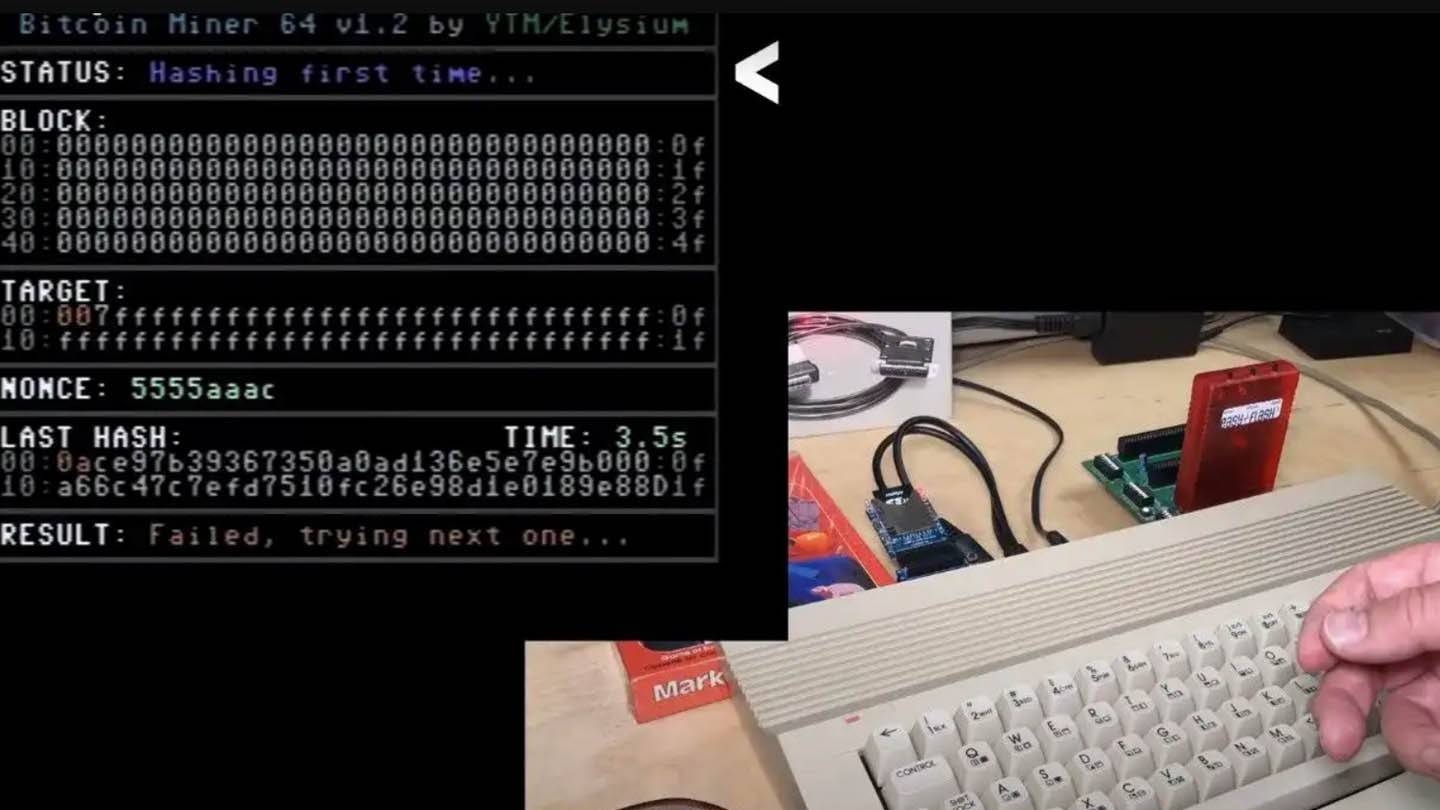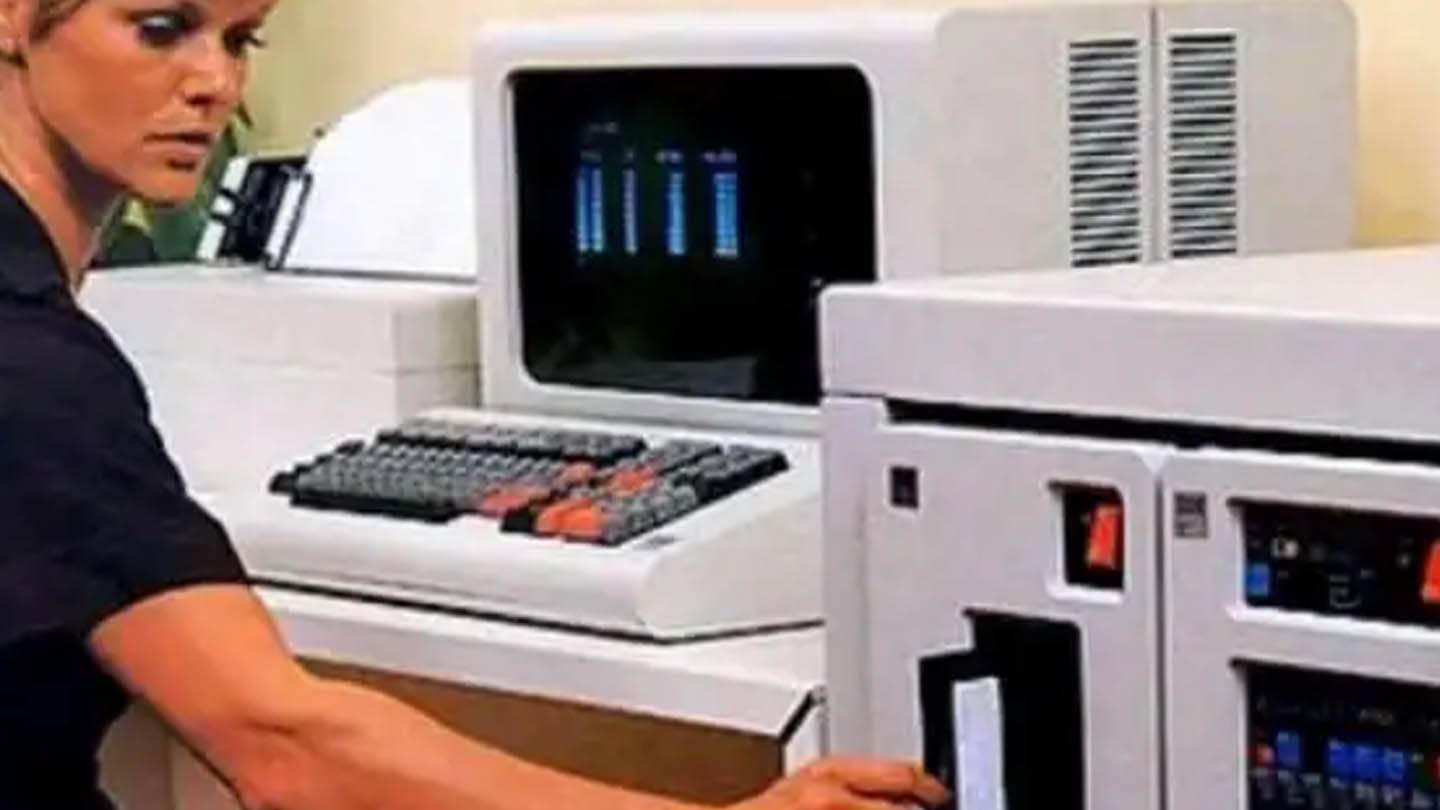Outdated Technology in Modern Use: 8 Surprising Real-World Cases
The relentless march of technology sees us upgrading our gadgets every few years – new iPhones, struggling processors, graphics cards overwhelmed by modern games. Often, old hardware ends up resold or discarded. But many outdated devices remain surprisingly functional and even essential. Here are eight examples of vintage tech that continues to defy obsolescence.
Table of Contents
- Retro Computers Mining Bitcoin
- A Reliable Mechanic's Assistant Since the '80s
- Vintage Tech as a Bakery POS System
- Outdated Systems Managing Nuclear Arsenals
- Windows XP Powers Multi-Billion Dollar Aircraft Carrier
- Critical Airport Infrastructure Fails Due to Legacy Software
- Classic Hardware Used for Cutting-Edge Research
- Nostalgia Keeps Old Systems Alive
 Image: x.com
Image: x.com
A notable experiment showcased a 1982 Commodore 64 mining Bitcoin. However, its 8-bit, 1 MHz processor yields a paltry 0.3 hashes per second—a stark contrast to an RTX 3080 GPU's 100 million hashes per second. Mining a single Bitcoin on the C64 would take approximately a billion years. Similarly, a Game Boy from 1989, connected to the internet via a Raspberry Pi Pico, achieved 0.8 hashes per second – still infinitesimally slow compared to modern ASIC miners.
 Image: x.com
Image: x.com
A Commodore 64C in Gdansk, Poland, has assisted mechanics for over 30 years, even surviving a flood while flawlessly calculating drive shaft parameters. Its 1 MHz CPU and 64 KB of RAM effortlessly run custom software.
 Image: x.com
Image: x.com
An Indiana bakery has utilized a Commodore 64 as its point-of-sale (POS) system since the 1980s. Nicknamed the "breadbox," this reliable system, requiring only occasional keyboard label updates, outperforms some modern POS systems prone to software glitches.
 Image: x.com
Image: x.com
The United States' nuclear arsenal management system relies on a 1976 IBM computer using 8-inch floppy disks (approx. 80 KB storage). While modernization is planned, its reliability maintains its current role. Similarly, German Brandenburg-class frigates use 8-inch floppy disks, with upgrades involving emulators, highlighting the persistence of legacy systems.
 Image: x.com
Image: x.com
The British HMS Queen Elizabeth aircraft carrier, a multi-billion dollar vessel, operates on Windows XP (support ended 2014). The Royal Navy assures security measures are in place, but the reliance on outdated software remains noteworthy. This is echoed in the Vanguard-class submarines' use of Windows XP for missile management, currently offline for security, with updates not planned until 2028.
 Image: x.com
Image: x.com
In 2015, Paris Orly Airport experienced a system failure when a Windows 3.1 (1992) computer crashed, halting flight operations due to the DECOR weather data system malfunction.
 Image: Placeholder
Image: Placeholder
Retro computers find applications in educational settings, teaching programming fundamentals and simulating basic physics experiments. Their simplicity facilitates understanding core computing principles.
While not explicitly detailed in the original text, the continued use of legacy systems often stems from ingrained practices and a reluctance to disrupt established workflows. The cost of upgrades also plays a significant role.
These examples demonstrate the surprising longevity and continued relevance of outdated technology across various sectors. From cryptocurrency mining to managing nuclear arsenals, legacy tech proves remarkably resilient. While modernization is inevitable, these systems highlight the enduring value of simplicity and reliability.



























